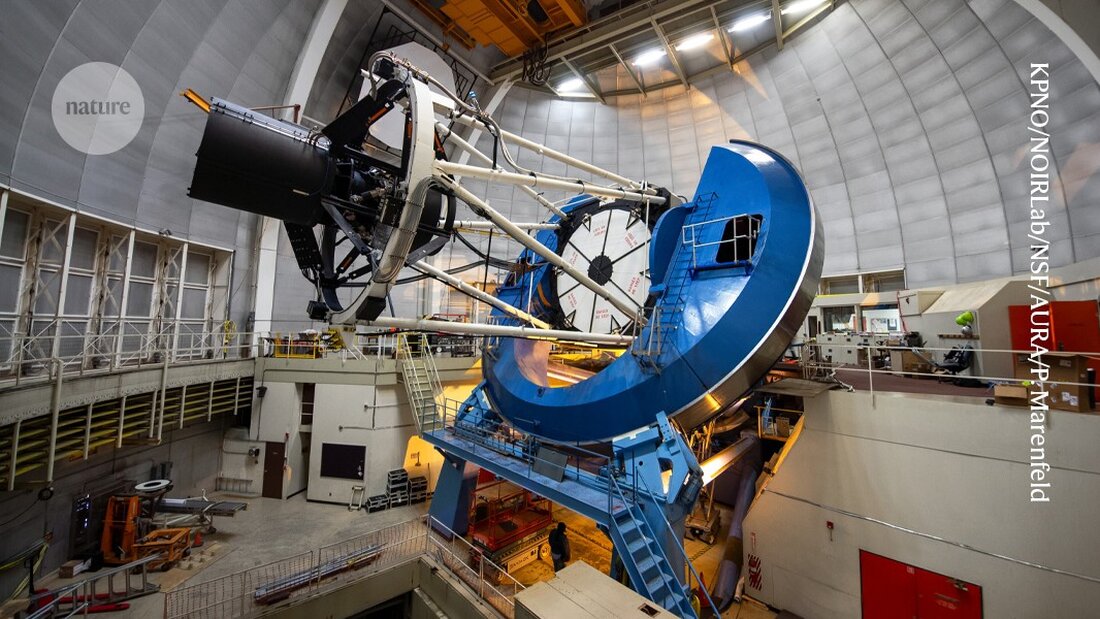Is dark energy getting weaker? New data supports surprising discovery
New data shows that the dark energy that powers galaxies has been weakening for 4.5 billion years, challenging the Standard Model of cosmology.

Is dark energy getting weaker? New data supports surprising discovery
Fresh data supports the discovery that dark energy, the mysterious force driving galaxies apart, has waned over the past 4.5 billion years.
The effect became cautious for the first time reported in April last year, but the latest results presented March 19 by the Dark Energy Spectroscopic Instrument (DESI) collaboration at a meeting of the American Physical Society in Anaheim, California, are based on three years of data collection, compared to one year for results announced in 2024.
“Now I’m really paying attention,” says Catherine Heymans, an astronomer at the University of Edinburgh, UK, and astronomer of the Kingdom of Scotland.
If the results are confirmed, it could force cosmologists to revise their “standard model” of the history of the universe. The model generally assumed that dark energy was an inherent property of empty space that did not change over time – a “cosmological constant.”
“The challenge was given to physicists to explain this,” says Heymans.
Cosmic mapping
The DESI telescope is located at Kitt Peak National Observatory near Tucson, Arizona. It uses 5,000 robotic arms to aim optical fibers at selected points where galaxies or quasars are in its field of view. The fibers then deliver light to sensitive spectrographs that measure how redshifted each object is - that is, how much its light waves have been stretched by the expansion of space on their way to Earth. Researchers can estimate the distance of an object based on its redshift to create a 3D map of the expansion of the universe.
In this map, researchers then look at the density of galaxies to identify variations that come from sound waves called baryonic acoustic oscillations (BAOs), which existed before stars began to form. These variations have a characteristic scale that began at 150 kiloparsecs (450,000 light-years) in the primordial universe and increases with cosmic expansion; they have now grown by a factor of 1,000 to 150 megaparsecs, making them the largest known structures in the current universe.
By tracking the evolving size of BAOs, researchers can reconstruct how the universe's expansion rate has changed over eons. About 5 billion years ago, expansion switched from deceleration to acceleration under the influence of dark energy. Until last year, cosmological data was consistent with dark energy being a cosmological constant - meaning the universe should continue to expand at an increasingly faster rate.
But the results of DESI's latest analysis suggest that cosmic expansion is accelerating less now than in the past, which is inconsistent with the assumption that dark energy is a cosmological constant. Instead, the data suggests that dark energy energy density – the amount of dark energy per cubic meter of space – is now about 10% lower than it was 4.5 billion years ago.

 Suche
Suche
 Mein Konto
Mein Konto
